Choosing the right roofing for a commercial building is a crucial decision that impacts the building’s durability and efficiency. Factors like the building’s design, its location, and your budget are all important to consider. In this guide, we’ll explore the top roofing options available and outline their key benefits to help you make an informed decision. Consulting with a professional commercial roofing contractor can offer you expert advice tailored to your specific needs, ensuring you select the best roofing solution for your commercial property.
1. EPDM Roofing
Rubber roofing membrane with one layer is called EPDM (Ethylene Propylene Diene Monomer). It is renowned for being resilient to UV rays, flexible, and long-lasting. EPDM takes less upkeep and is simple to install. This kind of roofing is a popular option for many commercial buildings because it is reasonably priced and resilient to many climates.
2. TPO Roofing
TPO (Thermoplastic Polyolefin) is another single-ply roofing membrane. It offers excellent resistance to UV rays, chemical exposure, and punctures. TPO roofs are energy-efficient due to their reflective properties, which help reduce cooling costs. They are lightweight and easy to install, making them a preferred option for many commercial properties.
3. Metal Roofing
Metal roofs, including standing seam and screw-down systems, are highly durable and can last up to 50 years. They are resistant to extreme weather conditions and require minimal maintenance. Metal roofing is also energy-efficient, reflecting solar heat and reducing cooling costs. However, it can be more expensive to install compared to other materials.
4. Built-Up Roofing (BUR)
BUR systems are composed of multiple layers of bitumen and reinforcing fabrics. They are durable and provide excellent protection against water and UV radiation. BUR roofs are suitable for buildings with high foot traffic due to their robust construction. However, they can be more expensive and complex to install.
5. Modified Bitumen Roofing
Modified bitumen roofs consist of layers of asphalt-based sheets and are known for their durability and flexibility. They are ideal for buildings with high foot traffic and provide good resistance to weather and UV radiation. Installation can be more costly due to the multiple layers required, but the increased durability can justify the expense.
Factors to Consider When Choosing a Commercial Roof
- Climate and Weather Conditions: Select a roofing material that can endure the specific climate of your area. For instance, if you’re in a region with extreme temperatures or frequent weather events like heavy rain, hail, or strong winds, choose a roof that can handle these conditions effectively. Materials like metal or EPDM can offer better resistance to harsh weather and temperature fluctuations.
- Building Structure and Design: The roof you choose should match the architectural style and structural integrity of the building. For example, flat roofs are often suited for modern commercial designs, while pitched roofs might be better for traditional structures. Ensure that the roofing material complements the building’s design and supports its structural capabilities.
- Budget: Consider both the initial cost of installation and the long-term maintenance expenses when selecting a roofing material. Some options may have a lower upfront cost but higher maintenance needs, while others might be more expensive initially but offer lower upkeep costs over time. Balance your budget with the expected lifespan and performance of the roofing material.
- Durability and Longevity: Assess how long the roofing material is expected to last and its ability to resist wear and tear from environmental stressors. Durability is key to minimizing the need for frequent repairs or replacements. Materials like metal or modified bitumen are known for their durability and longer lifespan, making them suitable for commercial buildings.
- Energy Efficiency: Opt for roofing materials that contribute to energy efficiency. Materials with reflective surfaces can help reduce cooling costs by reflecting sunlight away from the building. This can be especially beneficial in hot climates, where reducing the amount of heat absorbed by the roof can lower your overall energy expenses.
When to Call a Professional
Choosing the right roofing for your commercial building is crucial and depends on various factors, including the property’s specific needs and conditions. EPDM and TPO offer great flexibility and cost-efficiency, while metal roofing stands out for its durability and long lifespan. BUR and modified bitumen deliver strong protection but come with a higher price tag.
To ensure you make the best decision for your building, consult with a professional commercial roofing contractor. Their expertise will help you navigate your options and select the most suitable roofing solution. Don’t leave your roof to chance, contact Gabriel Commercial Roofing today for expert advice and a tailored solution that meets your needs!

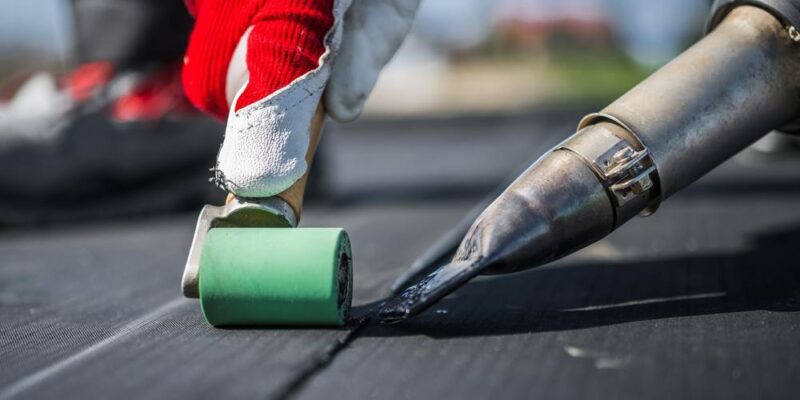

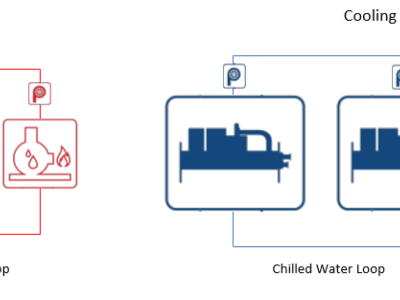
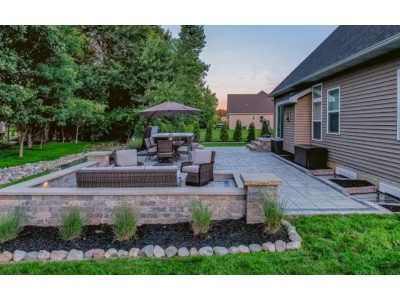


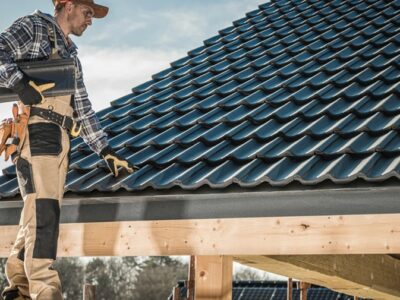
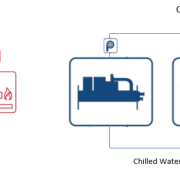

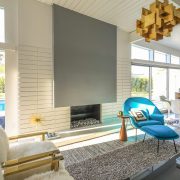

Comments